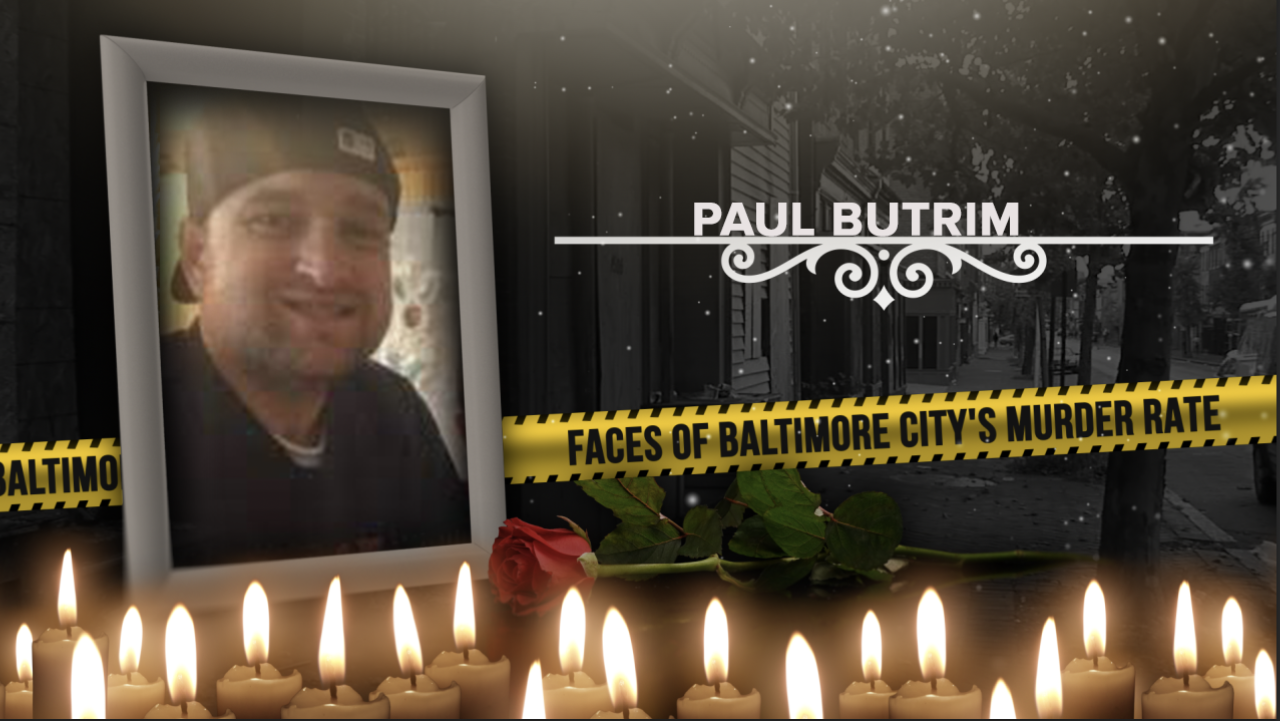Kelsey Sadler, Paul Butrim and Kenny Lacayo died on a Monday morning in January while they fought a fire at a vacant property in Baltimore.
MOSH, Maryland Occupational Safety and Health, in the Division of Labor, conducted an investigation into the fire and into the sequence of events that led to the three deaths, and the serious injury of a fourth firefighter.
We received the report from MOSH on August 1st and dug into the timeline, and found that between the first call to fire stations to report to the scene and the collapse, just 7 minutes elapsed.
We've compiled a timeline of this, based on the dispatch audio provided by MOSH through Broadcastify and the details from notes of interviews done by a MOSH investigator with firefighters who were there the day of the fire.
(The timeline module works best in full-screen. You can also view it here: Stricker St. Timeline)
Additional details, from the notes of the interviews with firefighters revealed that there had been a system in place for firefighters to mark unsafe buildings with an X.
The system, called Code X-Ray, apparently fell by the wayside when community members complained that it made the neighborhood look bad.
205 S. Stricker Street had been the site of a previous fire, though, none of the firefighters had known that in the early morning hours of January 24th, including Kenneth Hoffman, a firefighter from Engine 36 who reported that he had fallen through the floor of that house while fighting the fire in October of 2015.
Hoffman attributed his not recognizing the house to the fact that he was working in the rear of the house in 2015.
Another piece that came out from the interviews, is that it appears that it took quite some time for a head count to be taken after the collapse.
Sean Davis, a firefighter with Truck 23 said that, "sometime after the collapse he realized that Paul was not accounted for."

The notes indicate that Davis began to check around for Lt. Paul Butrim, and then let the Shift Commander (identified as Dukes) that Butrim couldn't be located.
"The Shift Commander was not aware that Lt. Butrim was missing," reads the notes from the interview with Davis.
The interview with Firefighter Joseph Russo, working with Truck 23 on the night of the fire, also detailed this. Russo also recalled that "no one had seen Lt. Butrim, then the PAR (roll call) was conducted," according to the notes from his interview.
After the roll call, Russo told investigators that he went to the chief to notify him that Butrim couldn't be found.
In the interview with Incident Commander, Battalion Chief John Ellis, that "about an hour into the incident, we learned that the Lieutenant from 23 was missing. He indicated that a PAR was conducted and that is when they learned the 2 from Engine 14 and the Lieutenant from 23 was missing."
The investigation surrounding the occupational health and safety hazards of the fire, by MOSH, came to the following conclusion.
"After reviewing all the documents and interviews, it was determined that there was not enough evidence of existing safety or health regulations to issue any citations in this matter. MOSH decided to issue a hazard alert letter to the Fire Department with recommendations to reduce hazardous conditions for firefighters."
The ATF, however, found that the fire was started intentionally and the firefighters' deaths have been ruled homicides.
As of mid-August, there was no new update from the ATF on the investigation, but no one has been arrested.


